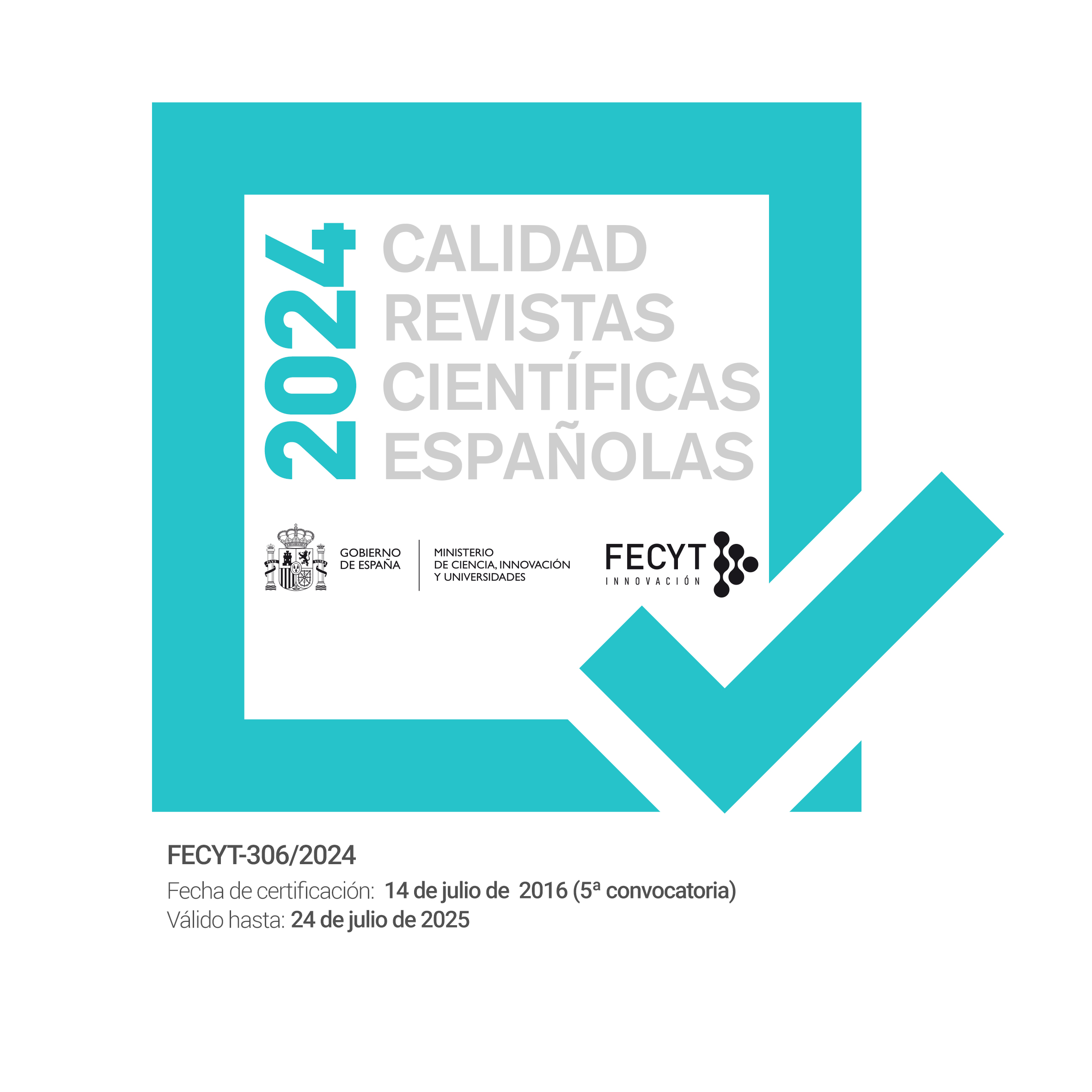La COVID-19, pantallas y reflexividad social. Cómo el brote de un patógeno está afectando nuestra cotidianidad
DOI:
https://doi.org/10.22325/fes/res.2020.49Palabras clave:
Covid-19, Emociones, Etnografía, Pantallas, Mensajería instantánea, Reflexividad socialResumen
Con este texto queremos hacer una primera aproximación a los patrones de conducta que comparten los individuos a lo largo de las diferentes etapas de desarrollo de la pandemia. Para ello, nos acercaremos a las prácticas comunicativas mediadas por pantallas y, en particular, a los usos de las herramientas de mensajería instantánea como medio de información, comunicación y emoción durante el distanciamiento social provocado por la pandemia. En concreto, nos centraremos en la popular plataforma de mensajería WhatsApp, una plataforma clave como tecnología cotidiana que media la interacción social en nuestros grupos sociales primarios y secundarios, pero también la propia comunicación social en torno a este fenómeno.
Descargas
Publicado
Cómo citar
Número
Sección
Licencia
Todas las publicaciones de la Revista Española de Sociología se realizarán bajo una licencia abierta Creative Commons de Reconocimiento 4.0 Internacional (CC BY 4.0). Dicha licencia establece que los autores son los poseedores de los derechos de propiedad intelectual de sus trabajos, que pueden redistribuirse a cambio de un reconocimiento adecuado. Para más información de la licencia Creative Commons, consultar aquí.
Una vez aceptado un artículo para su publicación, la Revista Española de Sociología solicitará al denominado "autor para la correspondencia" la aceptación de una licencia obligatoria Creative Commons incluida en un acuerdo o contrato de publicación.




